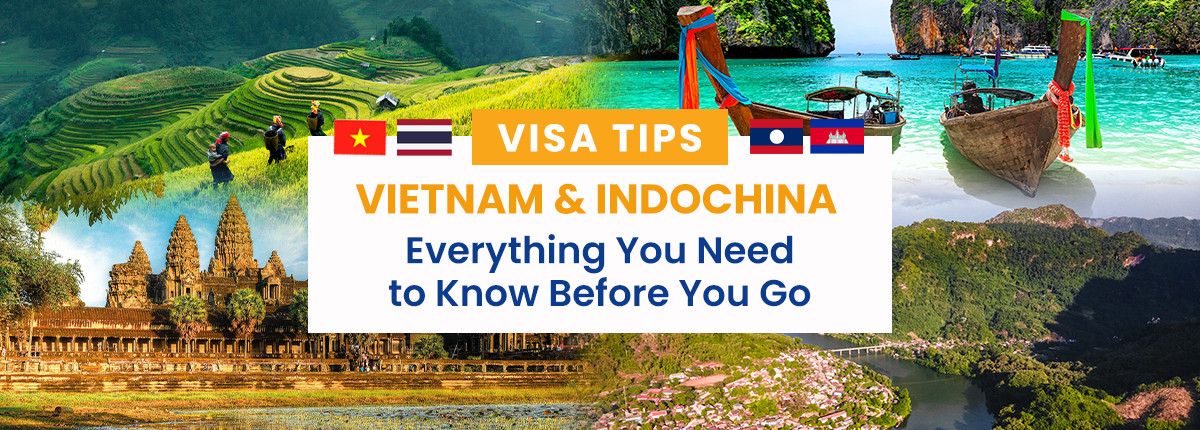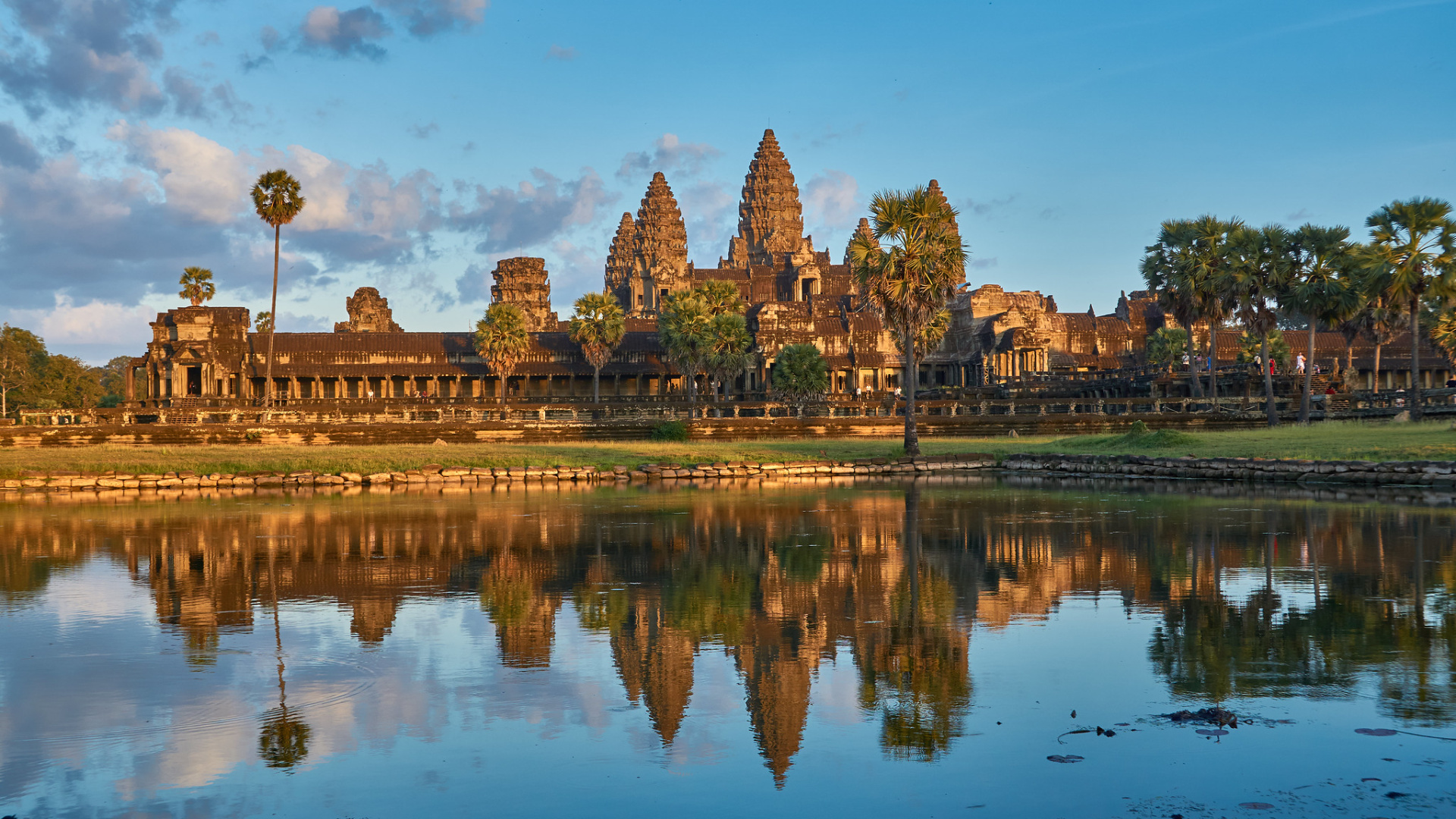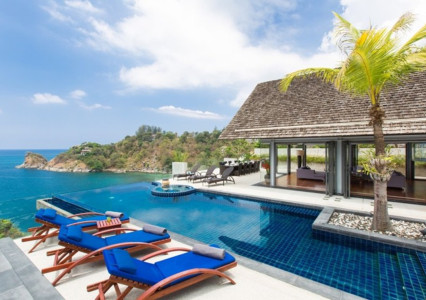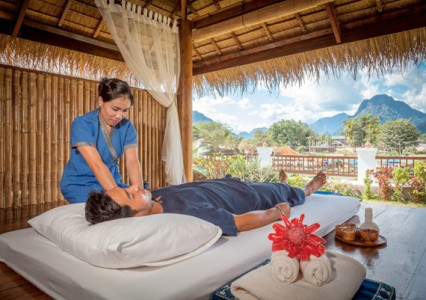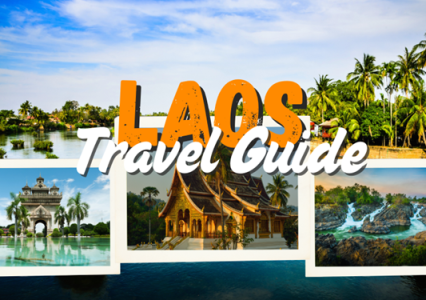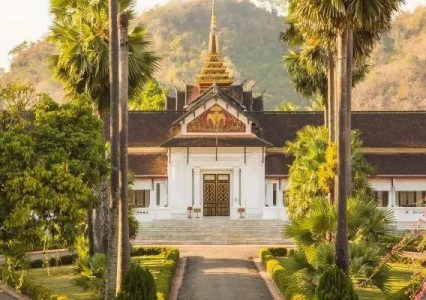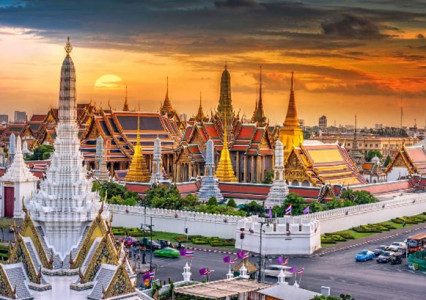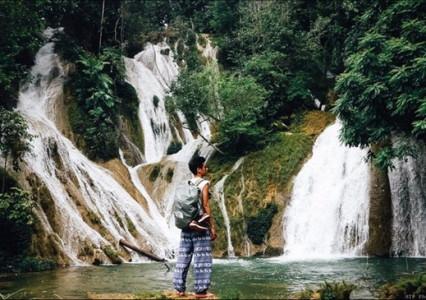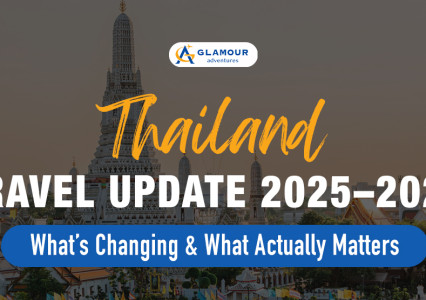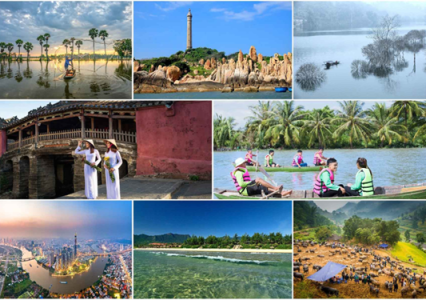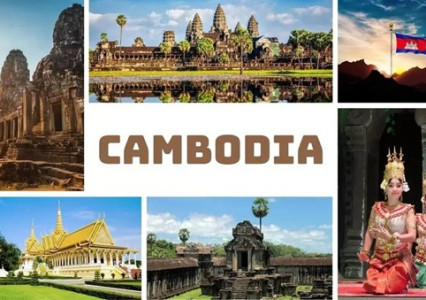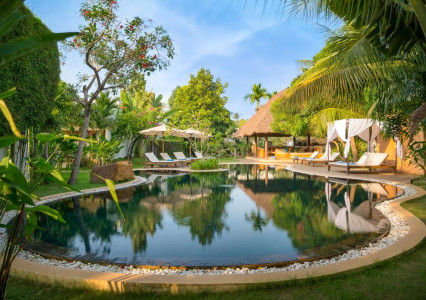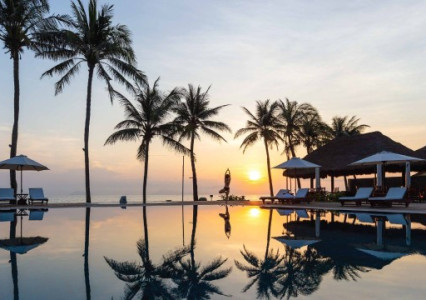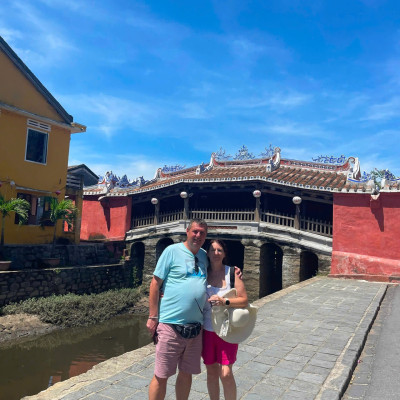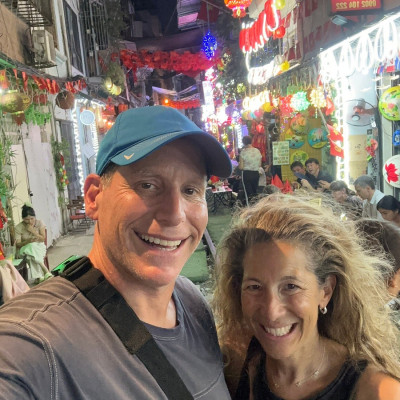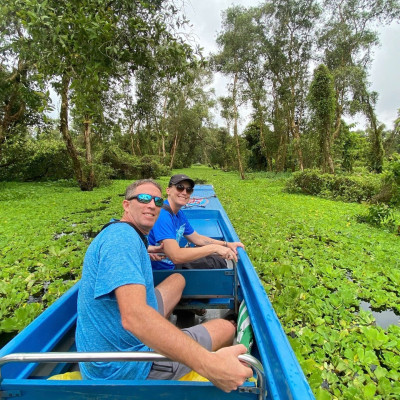Visa Tips for Vietnam and Indochina: Everything You Need to Know Before You Go
1. Vietnam Visa Tips
Who Needs a Visa?
Most travelers do need a visa to enter Vietnam. However, citizens from 41 countries can enter visa-free for a limited period — from 14 to 90 days, depending on nationality.
Examples:
- 45 days: Most EU countries (e.g., France, Germany, Italy, Spain), South Korea, Japan, UK, Russia, Nordic countries, etc.
- 30 days: ASEAN neighbors like Singapore, Malaysia, Laos, Cambodia, Thailand; plus Kazakhstan, Kyrgyzstan, Belarus.
- 21 days: Philippines.
- 14 days: Brunei, Myanmar.
Special case – Phu Quoc Island:
Phu Quoc is the ONLY destination in Vietnam offering visa exemption for up to 30 days to all international tourists, regardless of nationality, if you arrive directly and remain only on the island or approved nearby areas.
Citizens from countries like the U.S., Australia, Canada, and India must obtain a visa before arrival (unless visiting Phu Quoc under the above exemption).
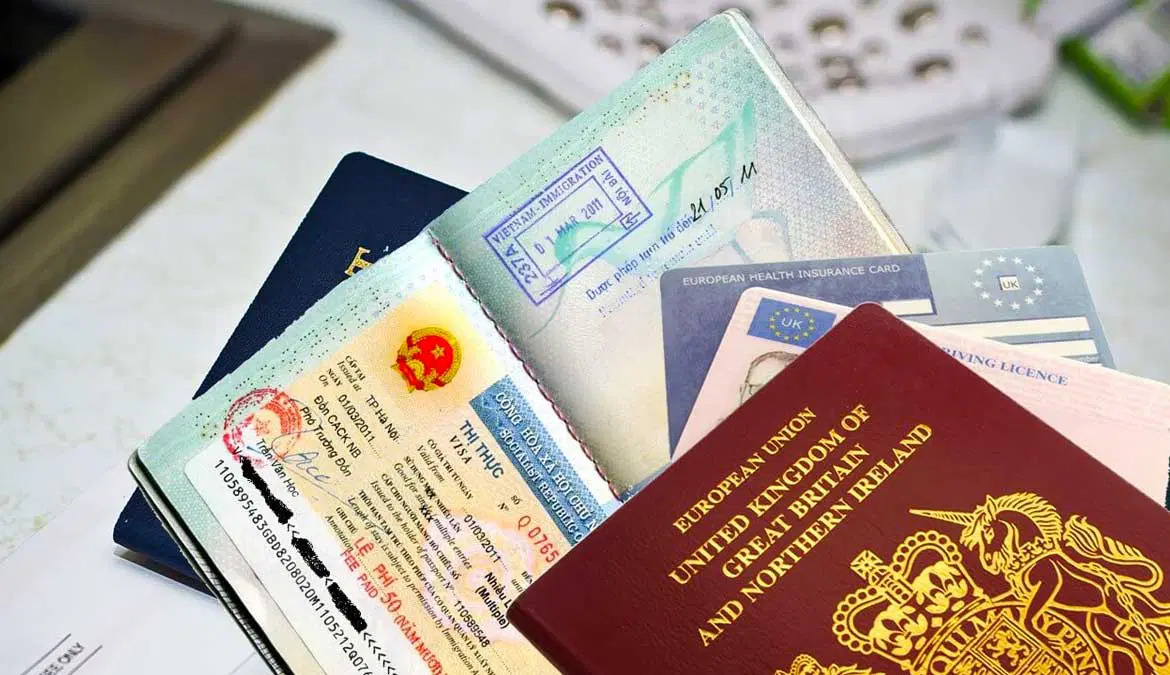
Visa Options
- E-Visa (Recommended): Available to citizens of over 80 countries, valid for single entry and 30 days. Apply online at Vietnam E-Visa portal.
- Visa on Arrival (VOA): Only applicable when entering via international airports, and requires a pre-approval letter from a travel agency. Not valid for land borders.
- Embassy/Consulate Visa: Traditional option for longer stays or multiple entries.
✅ Option 1: E-Visa (Best for Most Tourists)
Who can use it?
Citizens of 80+ countries, including the U.S., Australia, Canada, India, and most of Europe.
Validity:
- 30 days, single entry
- Entry through designated airports, seaports, and land borders
Apply here: Vietnam E-Visa Portal
Steps:
- Prepare a passport-sized photo (white background, JPG) and a scan of your passport photo page (JPG/PNG).
- Fill in the online form at the official portal.
- Pay US $25 by card.
- Wait 3–5 working days.
- Print the PDF e-visa and bring it with you.
- Entry points that accept e-visa:
- Airports: Hanoi, Ho Chi Minh City, Da Nang, Phu Quoc, Nha Trang, etc.
- Land: Moc Bai (Cambodia), Lao Bao (Laos), and others.
- Seaports: Hai Phong, Da Nang, Nha Trang, Vung Tau, etc.

✅ Option 2: Visa on Arrival (VOA) – Only via Airports
When to use?
If you need a multiple-entry visa or a stay longer than 30 days.
Steps:
- Apply for a visa approval letter from a reputable travel agency.
- Receive your approval letter via email (2–3 days).
- Bring 2 passport photos + US $25–50 in cash.
- At the airport (Hanoi, HCMC, Da Nang), go to the “Landing Visa” counter.
- Present the approval letter, photos, and payment to get your visa stamped.
Important Tips:
- VOA is not available at land borders or seaports.
- Print at least 2 copies of your e-visa or approval letter.
- For Phu Quoc trips meeting the exemption criteria, no visa or approval letter is required.

2. Cambodia Visa Tips
Visa Requirements
Most nationalities can obtain a visa on arrival (VOA) or an e-Visa valid for 30 days. The process is simple and traveler-friendly.
Visa Options
- E-Visa: Apply at https://www.evisa.gov.kh before arrival. Accepted at most international airports and select land borders.
- VOA: Available at all major international airports and land borders.
- Tourist Visa Extension: Can be extended once for another 30 days.
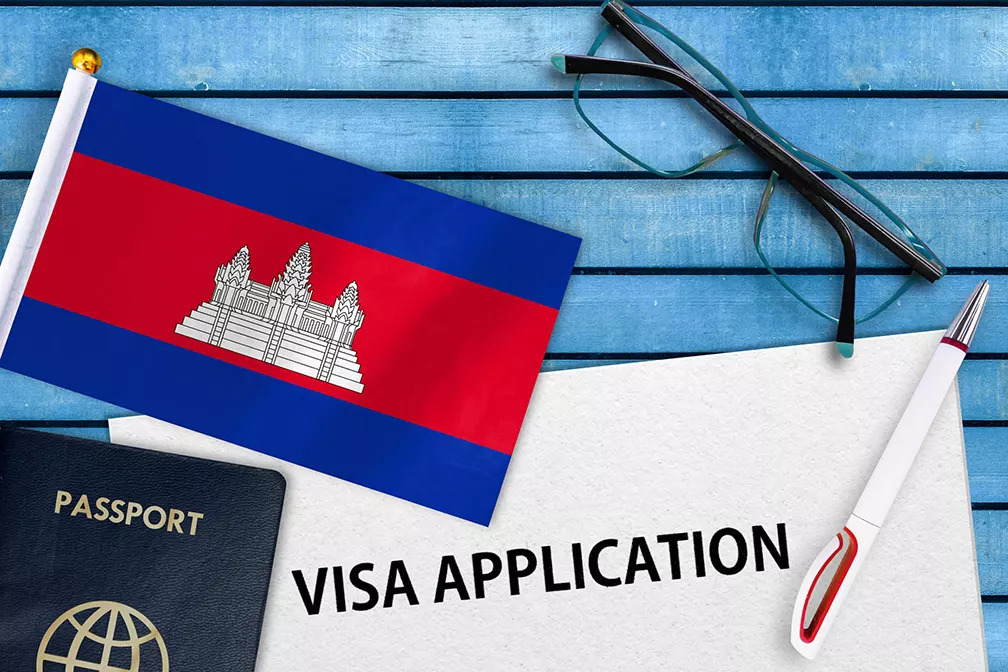
✅ Option 1: E-Visa (Simple & Fast)
Apply here: https://www.evisa.gov.kh
Steps:
- Upload passport-size photo and passport copy
- Fill form online
- Pay US$36 by card
- Receive e-visa PDF within 3 working days
- Print and show on arrival
Validity: 30 days, single entry
Entry Points for E-visa:
- Airports: Phnom Penh, Siem Reap, Sihanoukville
- Land Borders: Bavet (from Vietnam), Poipet (from Thailand)
✅ Option 2: Visa on Arrival (VOA)
Available at: All international airports and most land borders
What you need:
- US$30 cash
- 1 passport photo
- Simple visa form at the border
Processing time: 10–30 minutes
Warning:
-
At Poipet and Bavet, avoid middlemen who overcharge. Go directly to immigration window.

3. Laos Visa Tips
Visa Options
Laos is welcoming to tourists and offers both e-Visas and VOAs for most travelers.
- Visa on Arrival: Available at major airports and most land border checkpoints. Valid for 30 days.
- E-Visa: Apply at https://laoevisa.gov.la. Also valid for 30 days and usable at selected entry points.
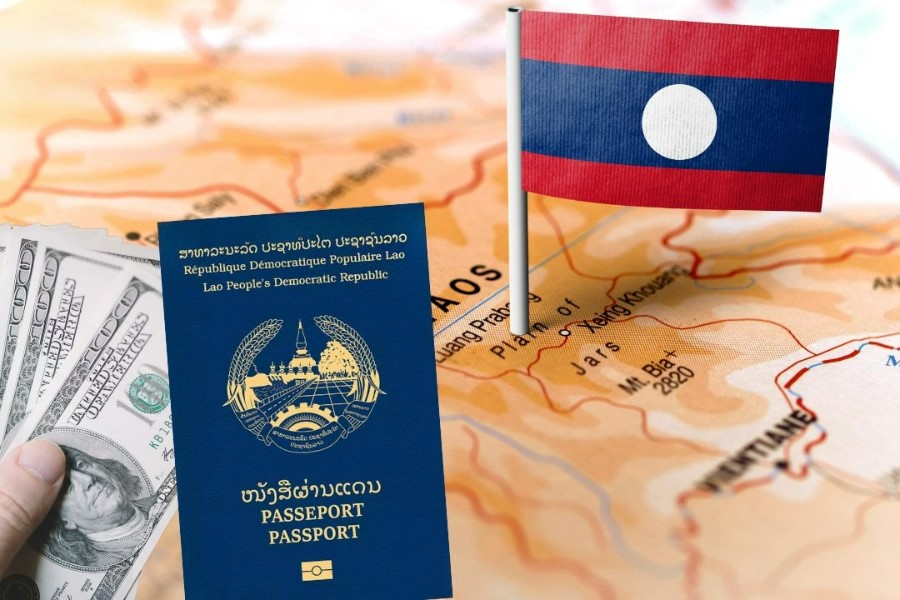
✅ Option 1: E-Visa (Best for Airports and Select Land Borders)
Apply here: https://laoevisa.gov.la
Steps:
- Upload your passport and passport photo
- Fill in travel details and pay US$52
- Receive e-visa approval in 3–5 business days
- Print and carry with your passport
Valid entry points for e-visa:
- Airports: Vientiane, Luang Prabang, Pakse
- Borders: Thai–Lao Friendship Bridge (Nong Khai–Vientiane)
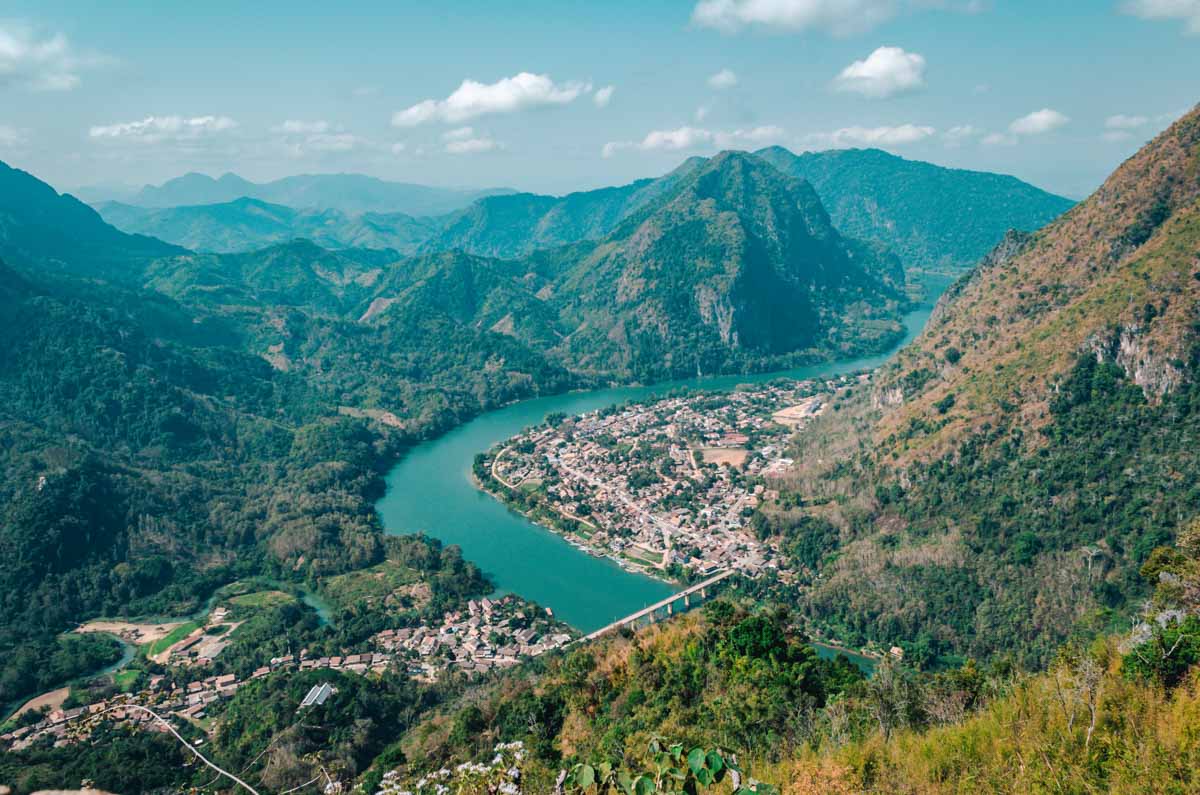
✅ Option 2: Visa on Arrival (VOA)
Available at:
- Major airports: Vientiane, Luang Prabang
- Land borders from Thailand, Vietnam, Cambodia
What you need:
- US$30–42 cash (fee varies by nationality)
- 1 passport photo (some officers accept photo-less forms for a small extra fee)
- Visa form at border
Tip: Bring exact cash in USD and a pen. ATMs are not guaranteed near remote border crossings.
4. Thailand Visa
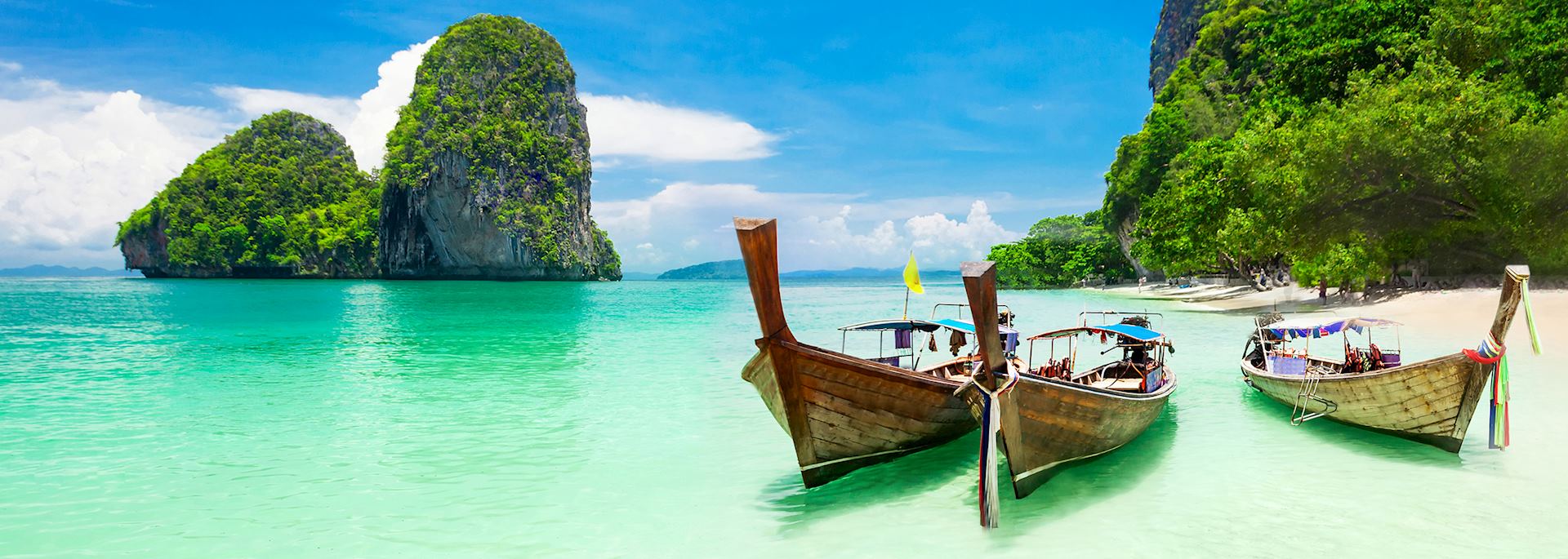
Visa-Free Entry (Most Common for Tourists)
Thailand allows visa-free entry for citizens of many countries.
Who qualifies?
- U.S., U.K., Australia, Canada, EU, New Zealand, and others
- See full list: https://www.thaievisa.go.th
Conditions:
- Up to 30 days by air
- 15–30 days by land (depending on nationality)
- Must show:
-
Passport valid at least 6 months
-
Proof of onward travel (flight/train out of Thailand)
-
Proof of sufficient funds (10,000 THB per person)
-
Tourist E-Visa (for Longer Stay or Multiple Entries)
Ideal if you want to stay longer than 30 days or enter multiple times.
Types:
- Single-Entry Tourist Visa (SETV): 60 days + possible 30-day extension
- Multiple-Entry Tourist Visa (METV): Valid for 6 months, 60 days per visit
Apply online at: https://www.thaievisa.go.th
Requirements:
- Digital passport photo
- Passport (valid 6+ months)
- Flight booking
- Proof of accommodation
- Bank statement or proof of funds
- Travel insurance (recommended)
Fees:
- SETV: approx. US$40
- METV: approx. US$200 (apply via embassy only)
Processing Time:
- 3–10 working days
- Print your approved e-visa and present on arrival
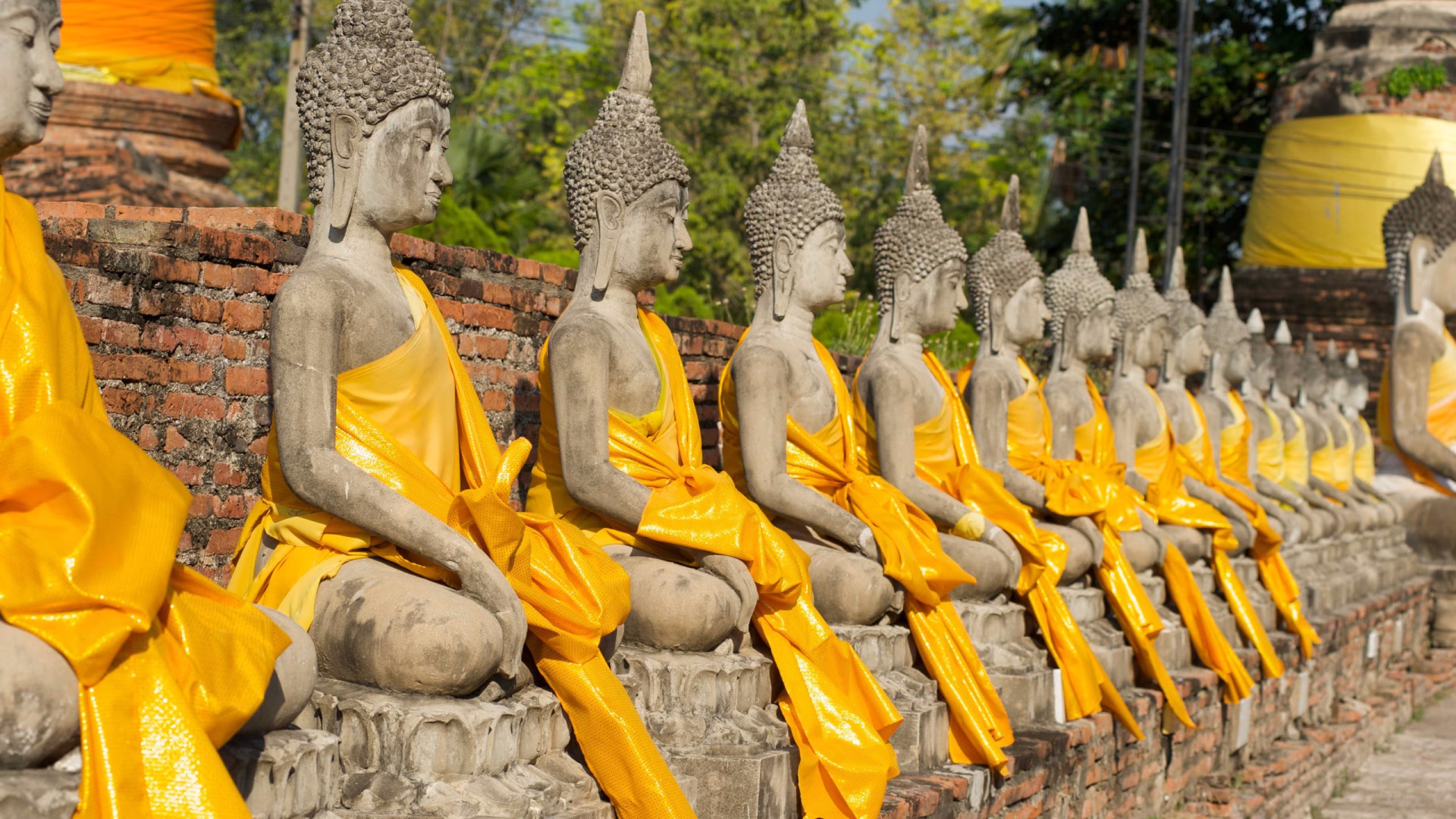
Visa on Arrival (VOA) – For Specific Countries Only
VOA is not for U.S., UK, EU, AU citizens. It applies to countries not eligible for visa-free entry (e.g., India, China, some Middle Eastern countries).
Visa Extension in Thailand
If you enter visa-free or with a 60-day visa, you can extend once: 30 extra days - Local Immigration Office (e.g., Bangkok, Chiang Mai)
Fee: 1,900 THB (~US$55)
Bring: Passport, TM.6 departure card (from arrival), 1 passport photo, Completed TM.7 form
Pro Tips for Thailand Visas:
- Print onward ticket and hotel bookings – Thai immigration may ask
- Have 10,000–20,000 THB in cash or equivalent to show proof of funds
- If doing a visa run, exit to a neighboring country (Laos, Cambodia), then re-enter with a new visa or visa-free stamp
- Overstays are fined 500 THB/day – max fine is 20,000 THB. Avoid it.
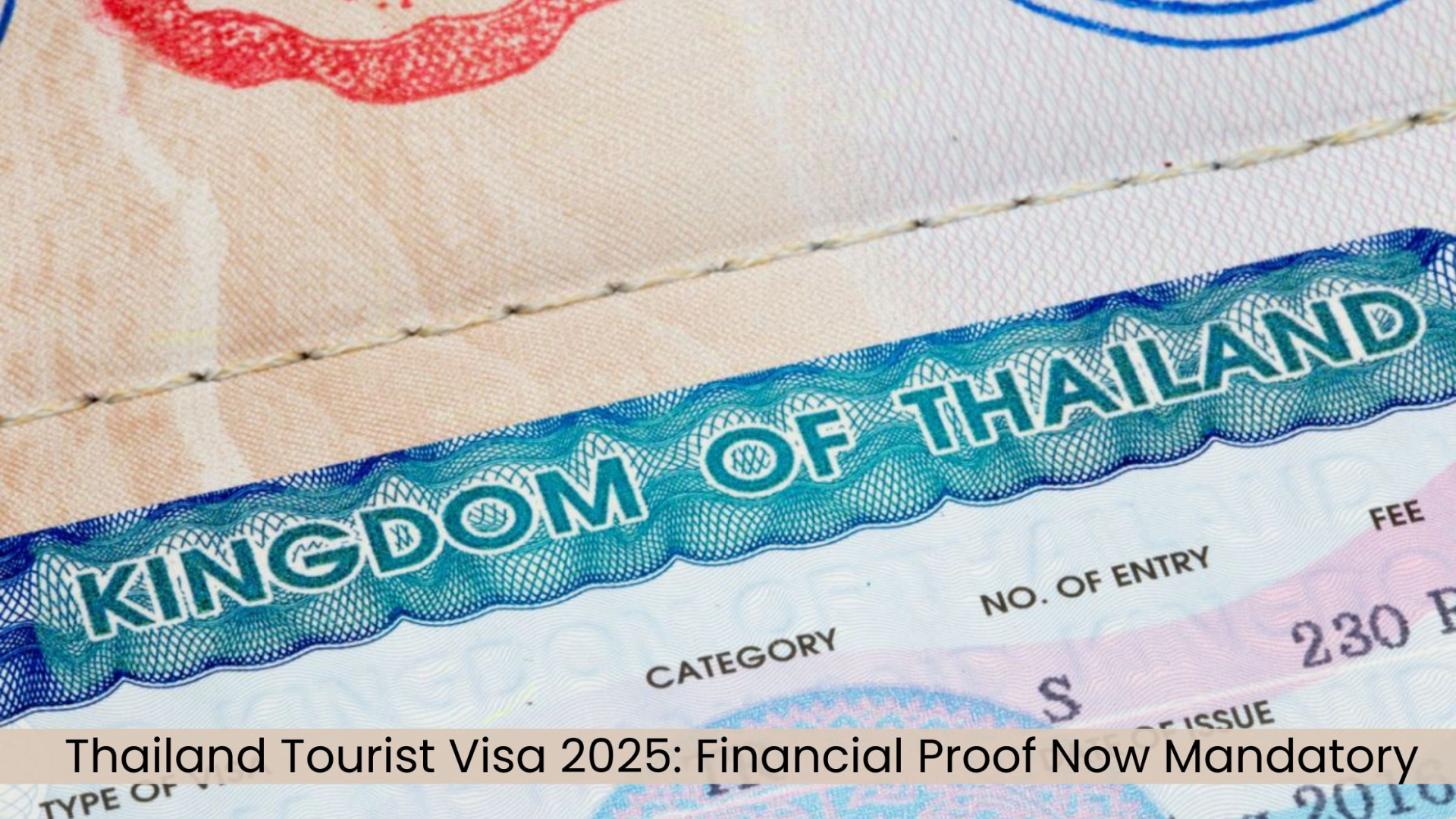
5. Multi-Country Travel Tips for Indochina
Plan Your Route with Visas in Mind
When planning a loop (e.g., Thailand → Cambodia → Vietnam → Laos), structure your itinerary based on visa requirements and valid entry points.
Land Border Crossings
If entering by land:
- Vietnam: Must apply for an e-visa or consulate visa—VOA not available at land borders.
- Cambodia & Laos: VOAs are widely available but bring cash and photos.
Use Multi-Entry Visas Wisely
If you’re leaving and re-entering Vietnam, consider applying for a multi-entry visa or be ready to apply for a second visa after exiting.
6. Common Mistakes to Avoid
- Relying on last-minute processing: Always apply in advance and print copies of approvals.
- Forgetting cash at land borders: ATMs are rarely available at crossings, and credit cards are not accepted.
- Entering Vietnam by land without a visa: Unlike Cambodia and Laos, Vietnam strictly requires pre-arranged visas for land entries.
7. Pro Tips from Seasoned Travelers
- Keep multiple passport photos in your wallet for spontaneous border crossings or visa extensions.
- Have backup internet access (like a local SIM card) to access digital copies of visa receipts in emergencies.
- Use agencies for visa letters to Vietnam if pressed for time—but vet them for legitimacy.
- Watch for national holidays in each country that may affect visa processing or border hours.
Visa Confidence Means Travel Freedom
Navigating the visa landscape for Vietnam, Cambodia, and Laos might seem daunting at first, but with a little preparation, it becomes a smooth part of your travel routine. Whether you're backpacking across Southeast Asia or planning a cultural deep dive, staying visa-savvy is key to a stress-free, border-crossing adventure.
Take a breath, prep ahead, and let the journey begin.
Other Articles
YOU MAY ALSO LIKE

23 DAYS - Private Vietnam 23 Days 22 Nights - Major of VietNam Trip

19 DAYS - Private Vietnam 19 Days 18 Nights - Explore Vietnam

38 DAYS - Private Vietnam- Laos- Cambodia- Thailand 38 Days 37 Nights - Indochina Odyssey
Speak to Your Local Travel Expert





